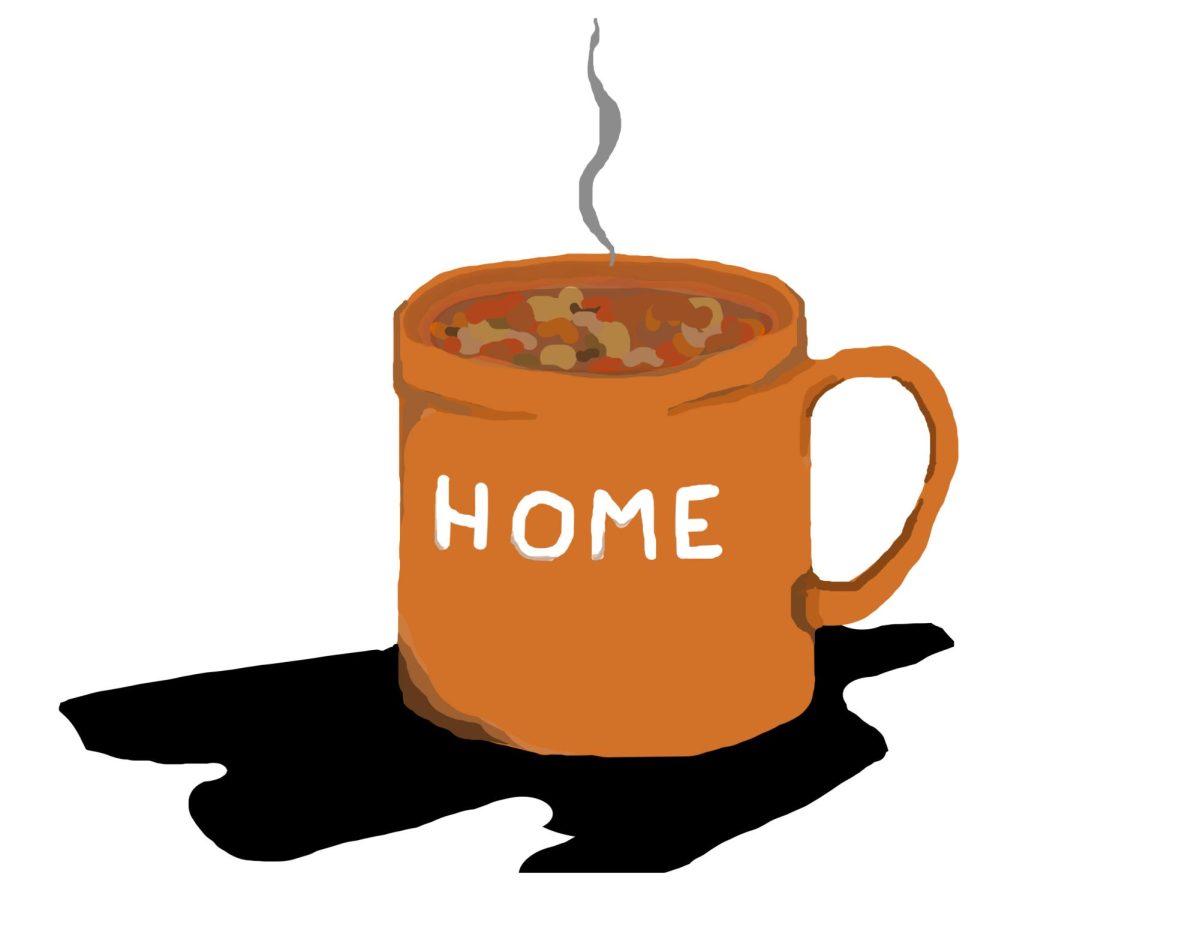Drive for over an hour in the American West and you’re likely to see cows.
Cattle graze almost all the public lands in the West: National Forests, Bureau of Land Management (BLM) land and even some wilderness areas. Ranchers run cows on leased allotments for portions of the spring, summer and fall, and pay the government $1.35 to graze a cow/calf pair for a month (also known as an animal unit month or AUM). This fee is effectively a subsidy: the cost of maintaining fences and paying BLM salaries is about ten times what the permits cover. If permit prices were to rise to accurately reflect the costs of maintaining allotments, ranchers would be driven out of business.
Economically, ranching in the West is unviable. Ecologically, it is a nightmare when done poorly. Cows spend most of their time in riparian areas, trampling stream banks in the process. Native grasses and plants have new growth eaten year after year and are unable to compete with invasive Eurasian species. With the grasses mostly eaten away, the land becomes a mosaic of sagebrush and cowpies. Grass is so sparse that it can take up to 150 acres to support a single cow, whereas in the East, where it rains more frequently, you can raise up to six cows on a single acre.
Many defenders claim that ranching in the West would be nearly impossible without the use of public lands. Take away grazing rights, and you kill the cowboy that has defined the West: a hardworking, self-made man in touch with his land and his animals. This image has been powerful enough to define our political discourse, but it is largely an illusion. Small, family ranches still exist in the West, but only 40 percent of ranches are run by people who depend on them as a source of income. The rest are corporate ventures (JR Simplot, an agribusiness corporation, is the single largest permitee on federal lands) or hobby ranches run by absentee owners.
I don’t want to see the Western family ranch go away. Maybe it’s because I’ve been raised with American cultural myths, or maybe it’s because every ranch family I’ve talked to this semester has been quick to offer cookies and good conversation. There are a lot of intelligent, thoughtful and hardworking people running cows on public lands, and some are trying to do the right thing ecologically.
The Hubbard Vineyard Ranch near Jackpot, Nev. has made an effort to rotate pastures, allowing land to regenerate after it is grazed. Their streams look healthier for it, with willows growing on the banks and active beaver dams in place. Take away the ranch, and the land might remain wild, but it could end up subdivided and sold to developers: not exactly a recipe for wildlife habitat.
If grazing is to remain on public lands, grazing policy needs to change significantly. Forest Service policy requires permitees to graze at least 90 percent of the cattle permitted on their allotments, even when such numbers are demonstrably unsustainable. The BLM allows the number of AUMs on an allotment to be reduced if they are not being used, a policy which penalizes responsible permitees who attempt to graze less in drought years or in sensitive areas in need of restoration. Because of policies like these, it is difficult or impossible for conservation groups to protest grazing. Even if a rancher wants to sell out and a group like Nature Conservancy is willing to buy its permits, the conservancy is usually left with no choice but to run cows on the land. Closing an allotment permanently is equally difficult, even with clear evidence that grazing is causing irreparable ecological damage.
No matter how grazing policy is restructured, the West needs fewer cows. Individual states would do well to restructure policies which allow dramatic reductions in land taxes for grazed land but not for conservation or restoration. The BLM and Forest Service should be more willing to close allotments, particularly when they are leased by permitees who have displayed no interest in maintaining wildlife habitat. Individual ranchers should consider putting conservation easements on their land, which would allow them to remain undeveloped forever. And everyone else concerned about public lands in the West should take a closer look at where their meat comes from.







